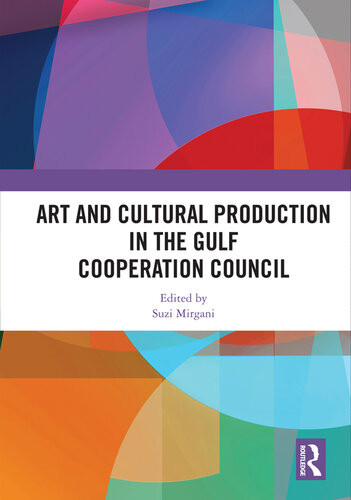

Most ebook files are in PDF format, so you can easily read them using various software such as Foxit Reader or directly on the Google Chrome browser.
Some ebook files are released by publishers in other formats such as .awz, .mobi, .epub, .fb2, etc. You may need to install specific software to read these formats on mobile/PC, such as Calibre.
Please read the tutorial at this link: https://ebookbell.com/faq
We offer FREE conversion to the popular formats you request; however, this may take some time. Therefore, right after payment, please email us, and we will try to provide the service as quickly as possible.
For some exceptional file formats or broken links (if any), please refrain from opening any disputes. Instead, email us first, and we will try to assist within a maximum of 6 hours.
EbookBell Team

4.8
104 reviewsState-driven investments in art and cultural production in the states of the Gulf Cooperation Council (GCC) are an important part of the search for longer-term alternatives to the longer-term unsustainability of the hydrocarbon-based economic development model. They also are an element in the search for soft power and status, and intersect with the nation-building project. The long-term planned––and unplanned––effects of such cultural initiatives include a necessary opening up to a future of unexpected and often undesired cultural encounters, whether in the classroom, the art gallery, the sports stadium, or the labor office. As states driven by a desire to raise both their regional and international status, but needing to satisfy their domestic conservative constituencies, their greatest test will be their judicious negotiating of the conflicting sociocultural elements of an increasingly globalized world. This volume offers a comprehensive multi-disciplinary analysis of this complex arena and the state of art and cultural production in these Gulf societies, through original studies on identity formation and an emerging museology; the aesthetics of censorship; the question of authenticity; cultural projects as state-driven soft power efforts; the phenomenon of public art; and artistic engagements with migrant labor communities.
The chapters originally published as a special issue in the Journal of Arabian Studies.